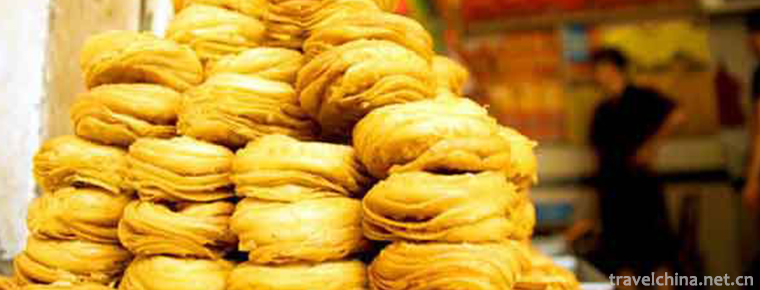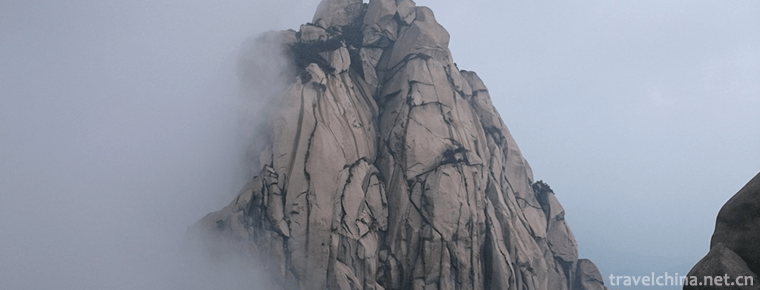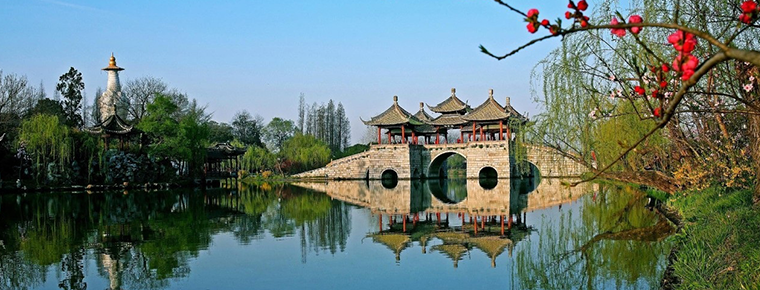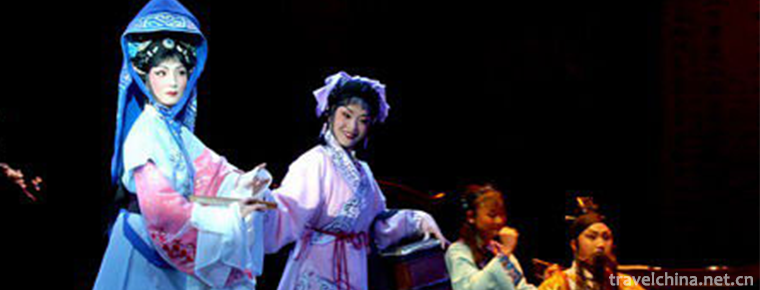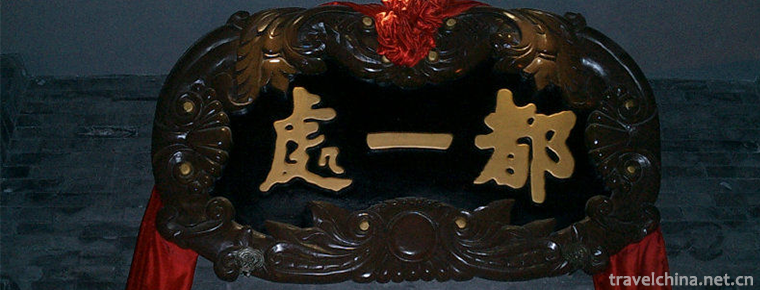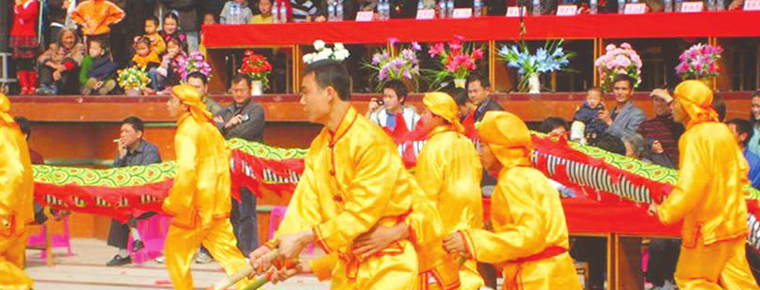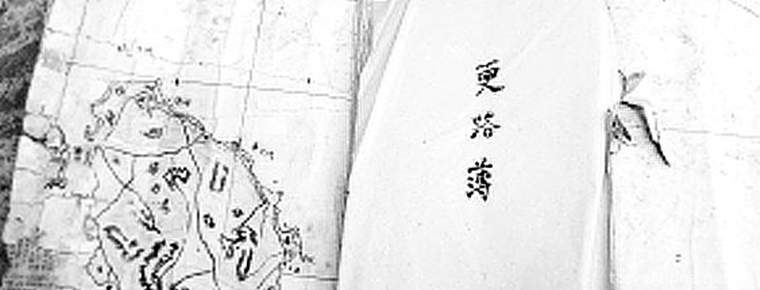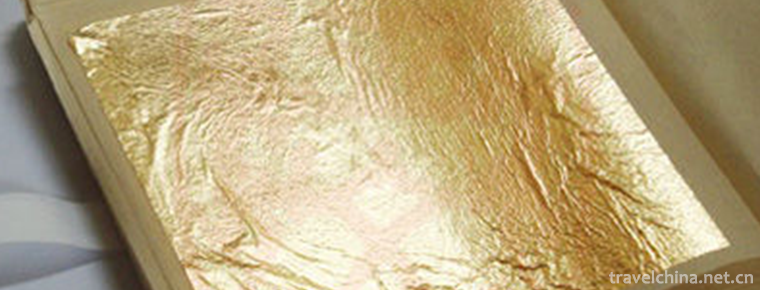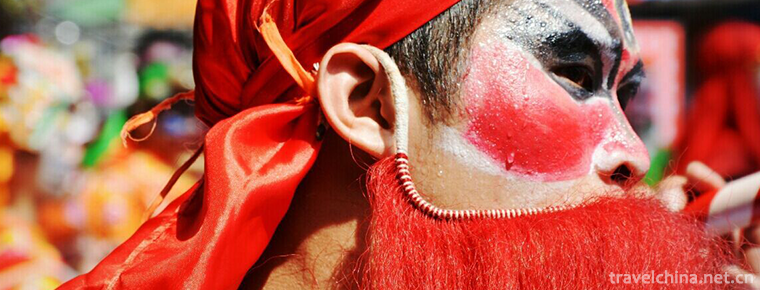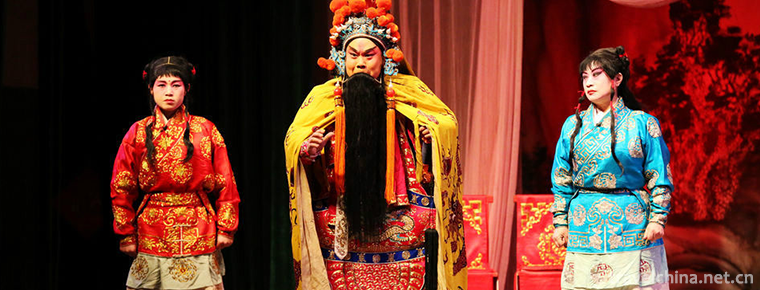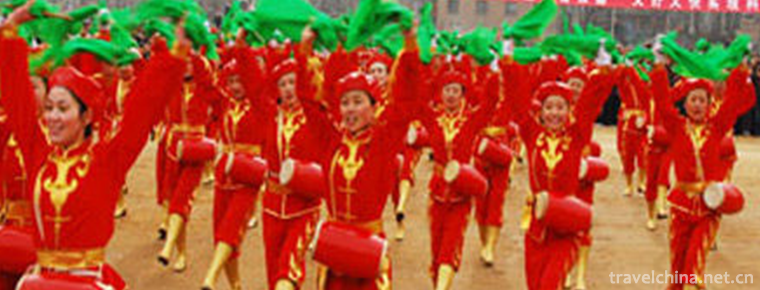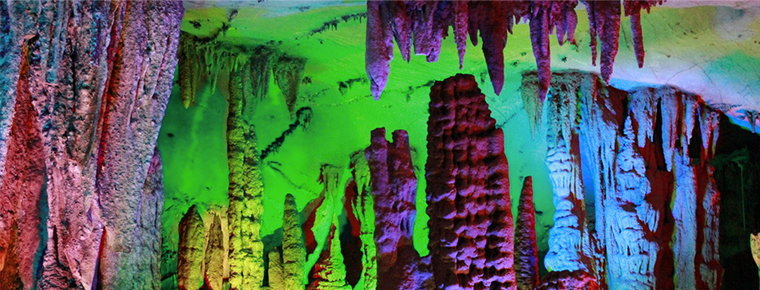Lijiang Ancient Town
Lijiang Ancient City is located in the ancient city of Lijiang City, Yunnan Province, also known as Dayan Town, located in the middle of Lijiang Dam, was built in the late Song Dynasty and early Yuan Dynasty (late 13th century AD), located in the Yunnan-Guizhou Plateau, an area of 7.279 square kilometers.
The streets in the ancient city of Lijiang are built by mountains and rivers and paved with red breccia. There are Sifang Street, Mufu, Wufeng Tower and other scenic spots. Lijiang is one of the second batch of approved famous historical and cultural cities in China. It is one of the two ancient cities which have successfully declared world cultural heritage with the whole ancient city.
Lijiang ancient city has colorful local ethnic customs and recreational activities, Naxi ancient music, Dongba ceremony, divination culture, ancient town bars and Naxi torch festival, etc., unique. The ancient city of Lijiang embodies the achievements of ancient Chinese city construction and is one of the distinctive features and styles of Chinese folk houses.
On February 25, 2017, after the deliberation of the General Office of the Director-General of the State Tourism Administration, the National Tourism Management Committee decided to give a serious warning to Lijiang Ancient City Scenic Spot in Lijiang City, Yunnan Province, with a deadline of six months for rectification.
The ancient city of Lijiang was built in the late Song Dynasty and early Yuan Dynasty (late 13th century). The Lijiang Mu ancestors moved the ruling center from Baisha ancient town to Lion Mountain, and began to build a housing city, called "big leaf field" . The name of the ancient city is said to have originated from the surname Mu, the hereditary ruler of Lijiang, who built the city like a wooden character framed by the word "trapped". The Naxi name of the ancient city of Lijiang is "Gong Benzhi", "Gong Benzhi" is the storehouse, "Zhi" is the market, and the ancient city of Lijiang was once the storehouse.
In the first year of Baoyou in the Southern Song Dynasty (1253), the Mongolian army made a southern expedition, and the ancestor of the Mu clan, Azong Aliang, surrendered to Kublai Khan, the ancestor of the Yuan Dynasty.
Yuan to Yuan thirteen years (1276), tea Hamlet Guan Min Guan changed to Lijiang road military and civilian management office.
Yuan to Yuan fourteen years (1277), three postscript Guan Min Guan changed to Tong An Zhou, the State governing in the ancient city of Dayan. In the same year, Lijiang road was changed to Anzhou city.
In the 15th year of Hongwu in Ming Dynasty (1382), Ajia Ade in Tong'an Prefecture returned to the Ming Dynasty and set up the Military and People's Palace of Lijiang. Ajia Ade was given the surname of "Mu" by Emperor Zhu Yuanzhang and was named hereditary Zhifu.
Ming Hongwu sixteen years (1383), Mu was built at the foothills of Lion Rock, "Lijiang military civilian office." Xu Xiake, a geographer of the Ming Dynasty who had visited Yunnan, described in his Diary of a Journey to Yunnan that Lijiang was then "a community of dwelling houses with rows of tiled roofs". At the end of the Ming Dynasty, there were more than a thousand inhabitants of the ancient city and the construction of the town was quite large.
In the second year of Qing Yongzheng (1724), after the arrival of Yang Qian, the first Lijiang Liuguan Zhifu, a new Zhifu Yamen, a barracks, a professor's office and a training and steering office were built under the Jinhongshan Mountains in the northeast of the ancient city, and the city walls were built around these official buildings.
On December 26, 2002, the State Council officially approved the withdrawal of Lijiang city, the administrative division of the ancient city of Lijiang to the ancient city of Lijiang.
From June 24 to July 6, 2012, the UNESCO World Heritage Committee adopted the proposal of adjusting the small boundary and buffer zone of Lijiang Ancient Town at the 36th World Heritage Congress held in St. Petersburg, Russia, to adjust the area of Lijiang Ancient Town from 3.8 square kilometers to 7.279 square kilometers.
Lijiang Ancient City is located in the ancient city of Lijiang City, Yunnan Province, southwest China. It is located in the middle of Lijiang Dam. It is located in Yunnan-Guizhou Plateau. The center of Lijiang Ancient City is located at 26 52 50.43 north latitude and 100 13 27.70 East longitude. The city covers an area of 7.279 square kilometers.
The climate of the ancient city of Lijiang is influenced by the wind of the South Asian Plateau. Its climate has obvious vertical distribution, distinct dry and wet seasons and little change in temperature. Although it is located on the plateau, it sees snow mountain all year round, but it has abundant rainfall and distinct dry and wet seasons.
Lijiang Ancient City is located in Lijiang Dam with 2530 hours of sunshine and sufficient light energy. The annual solar radiation is 146.5 kilocalories per square centimeter. It is the highest value area in Yunnan Province.
Old Town of Lijiang is located in the middle of the Lijiang dam, on the next plateau platform of Jade Dragon Snow Mountain, 2416 meters above sea level. Old Town of Lijiang is north of Xiangshan, Jin Hong Shan, and monkey hill.
Yuquan water source is located in Heilongtan, flowing from the foot of Xiangshan Mountain, from the northwest turbulence of the ancient city to the Yulongqiao, and thus divided into three tributaries, the West River, the Middle River and the East River, and then through many uniform water flow, through the streets around the lane, flow throughout the city.
Lijiang Ancient City is located in the ancient city of Lijiang City, Yunnan Province, also known as Dayan Town, located in the middle of Lijiang Dam, was built in the late Song Dynasty and early Yuan Dynasty (late 13th century AD), located in the Yunnan-Guizhou Plateau, an area of 7.279 square kilometers.
The streets in the ancient city of Lijiang are built by mountains and rivers and paved with red breccia. There are Sifang Street, Mufu, Wufeng Tower and other scenic spots. Lijiang is one of the second batch of approved famous historical and cultural cities in China. It is one of the two ancient cities which have successfully declared world cultural heritage with the whole ancient city.
Lijiang ancient city has colorful local ethnic customs and recreational activities, Naxi ancient music, Dongba ceremony, divination culture, ancient town bars and Naxi torch festival, etc., unique. The ancient city of Lijiang embodies the achievements of ancient Chinese city construction and is one of the distinctive features and styles of Chinese folk houses.
On February 25, 2017, after the deliberation of the General Office of the Director-General of the State Tourism Administration, the National Tourism Management Committee decided to give a serious warning to Lijiang Ancient City Scenic Spot in Lijiang City, Yunnan Province, with a deadline of six months for rectification.
The ancient city of Lijiang was built in the late Song Dynasty and early Yuan Dynasty (late 13th century). The Lijiang Mu ancestors moved the ruling center from Baisha ancient town to Lion Mountain, and began to build a housing city, called "big leaf field" . The name of the ancient city is said to have originated from the surname Mu, the hereditary ruler of Lijiang, who built the city like a wooden character framed by the word "trapped". The Naxi name of the ancient city of Lijiang is "Gong Benzhi", "Gong Benzhi" is the storehouse, "Zhi" is the market, and the ancient city of Lijiang was once the storehouse.
In the first year of Baoyou in the Southern Song Dynasty (1253), the Mongolian army made a southern expedition, and the ancestor of the Mu clan, Azong Aliang, surrendered to Kublai Khan, the ancestor of the Yuan Dynasty.
Yuan to Yuan thirteen years (1276), tea Hamlet Guan Min Guan changed to Lijiang road military and civilian management office.
Yuan to Yuan fourteen years (1277), three postscript Guan Min Guan changed to Tong An Zhou, the State governing in the ancient city of Dayan. In the same year, Lijiang road was changed to Anzhou city.
In the 15th year of Hongwu in Ming Dynasty (1382), Ajia Ade in Tong'an Prefecture returned to the Ming Dynasty and set up the Military and People's Palace of Lijiang. Ajia Ade was given the surname of "Mu" by Emperor Zhu Yuanzhang and was named hereditary Zhifu.
Ming Hongwu sixteen years (1383), Mu was built at the foothills of Lion Rock, "Lijiang military civilian office." Xu Xiake, a geographer of the Ming Dynasty who had visited Yunnan, described in his Diary of a Journey to Yunnan that Lijiang was then "a community of dwelling houses with rows of tiled roofs". At the end of the Ming Dynasty, there were more than a thousand inhabitants of the ancient city and the construction of the town was quite large.
In the second year of Qing Yongzheng (1724), after the arrival of Yang Qian, the first Lijiang Liuguan Zhifu, a new Zhifu Yamen, a barracks, a professor's office and a training and steering office were built under the Jinhongshan Mountains in the northeast of the ancient city, and the city walls were built around these official buildings.
On December 26, 2002, the State Council officially approved the withdrawal of Lijiang city, the administrative division of the ancient city of Lijiang to the ancient city of Lijiang.
From June 24 to July 6, 2012, the UNESCO World Heritage Committee adopted the proposal of adjusting the small boundary and buffer zone of Lijiang Ancient Town at the 36th World Heritage Congress held in St. Petersburg, Russia, to adjust the area of Lijiang Ancient Town from 3.8 square kilometers to 7.279 square kilometers.
Lijiang Ancient City is located in the ancient city of Lijiang City, Yunnan Province, southwest China. It is located in the middle of Lijiang Dam. It is located in Yunnan-Guizhou Plateau. The center of Lijiang Ancient City is located at 26 52 50.43 north latitude and 100 13 27.70 East longitude. The city covers an area of 7.279 square kilometers.
The climate of the ancient city of Lijiang is influenced by the wind of the South Asian Plateau. Its climate has obvious vertical distribution, distinct dry and wet seasons and little change in temperature. Although it is located on the plateau, it sees snow mountain all year round, but it has abundant rainfall and distinct dry and wet seasons.
Lijiang Ancient City is located in Lijiang Dam with 2530 hours of sunshine and sufficient light energy. The annual solar radiation is 146.5 kilocalories per square centimeter. It is the highest value area in Yunnan Province.
Old Town of Lijiang is located in the middle of the Lijiang dam, on the next plateau platform of Jade Dragon Snow Mountain, 2416 meters above sea level. Old Town of Lijiang is north of Xiangshan, Jin Hong Shan, and monkey hill.
Yuquan water source is located in Heilongtan, flowing from the foot of Xiangshan Mountain, from the northwest turbulence of the ancient city to the Yulongqiao, and thus divided into three tributaries, the West River, the Middle River and the East River, and then through many uniform water flow, through the streets around the lane, flow throughout the city.
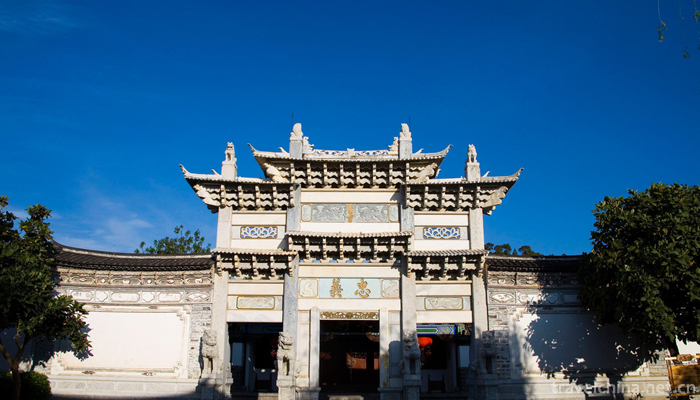
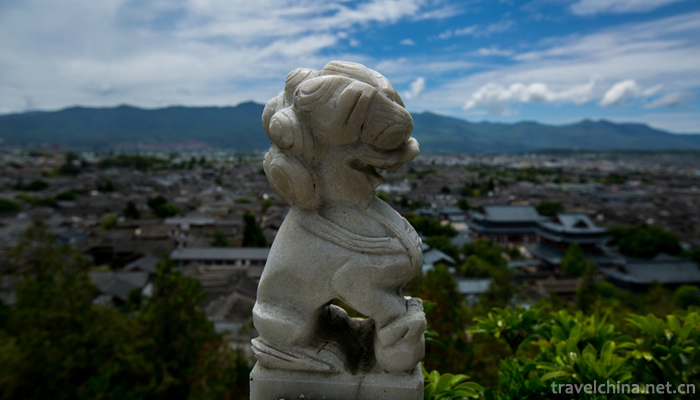
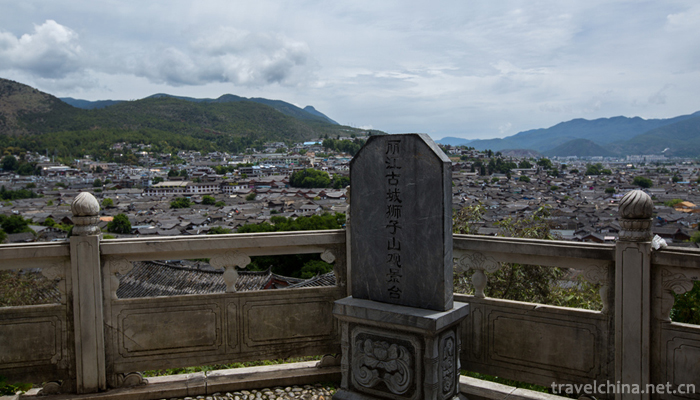
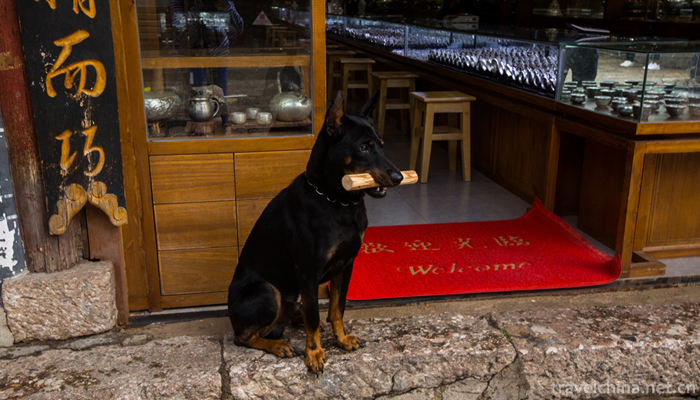
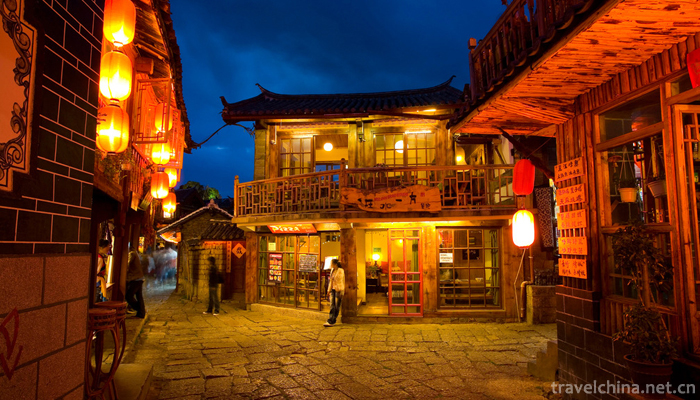
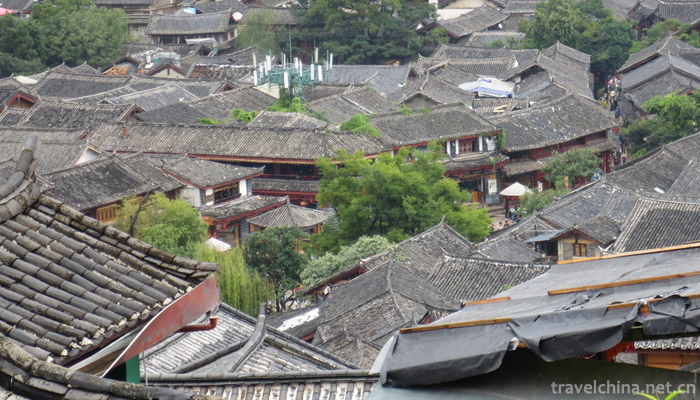
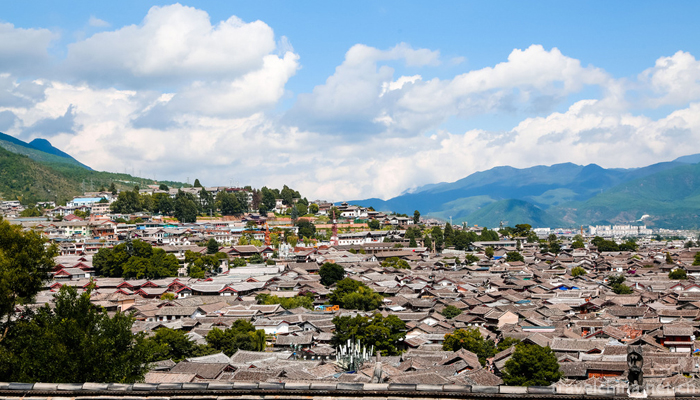
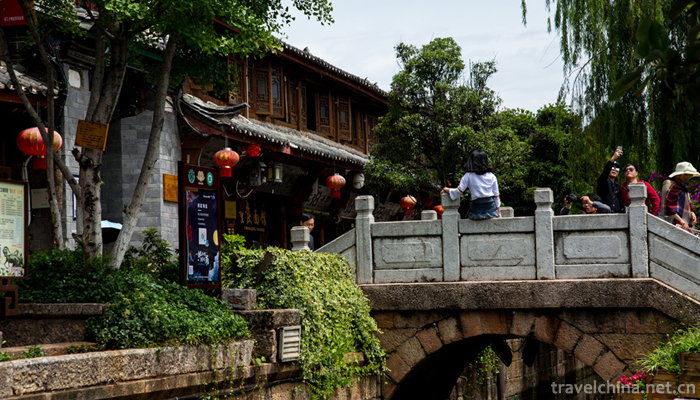
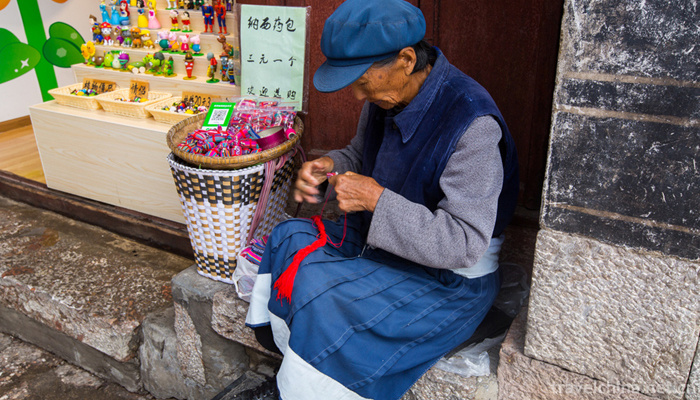
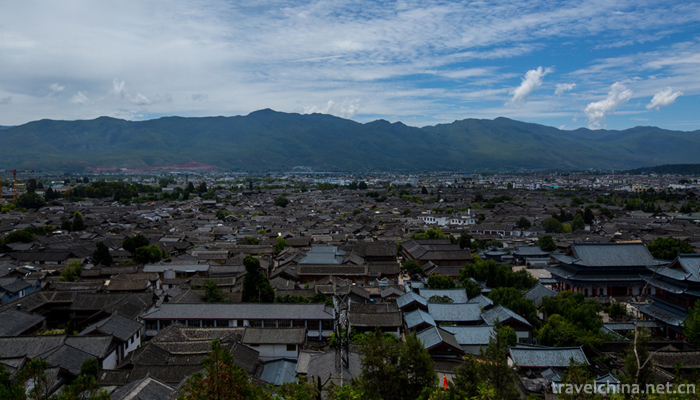
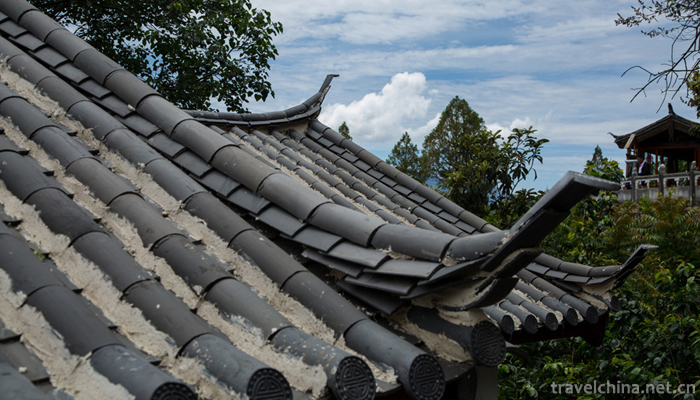

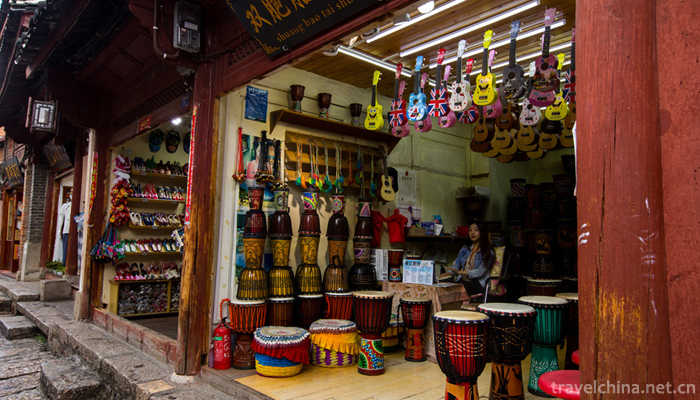
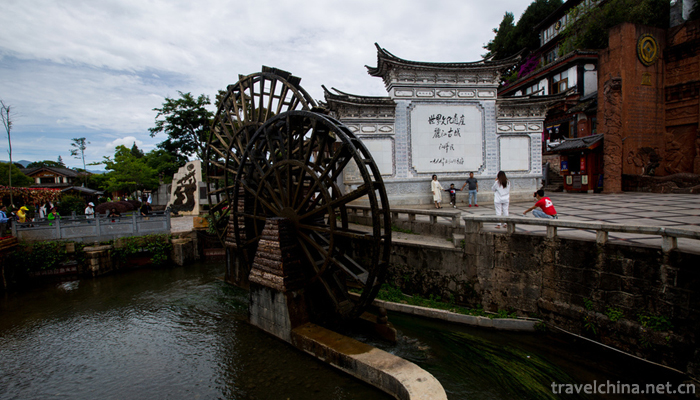
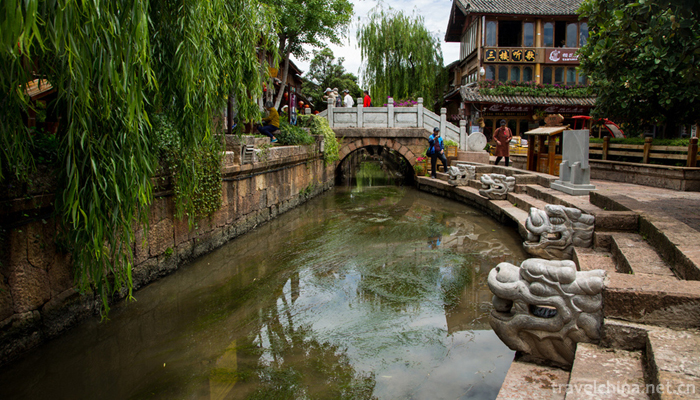
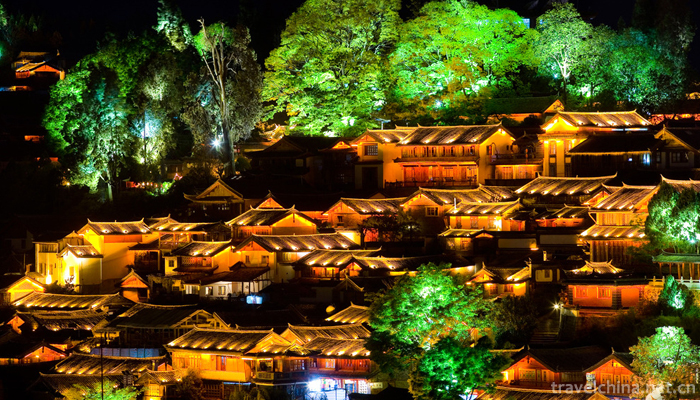
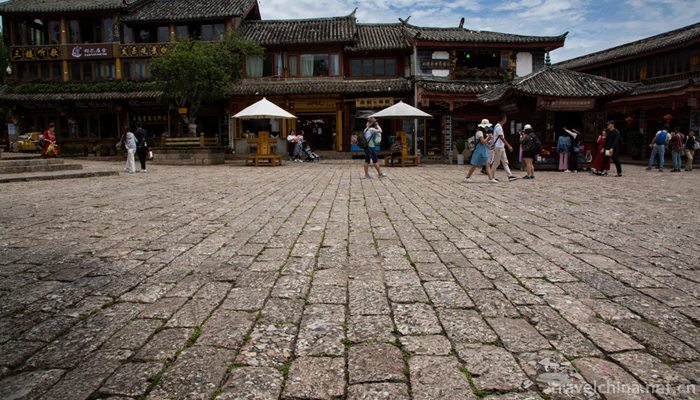
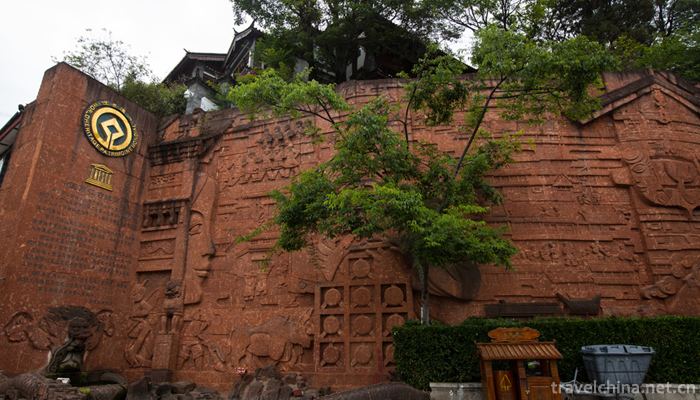
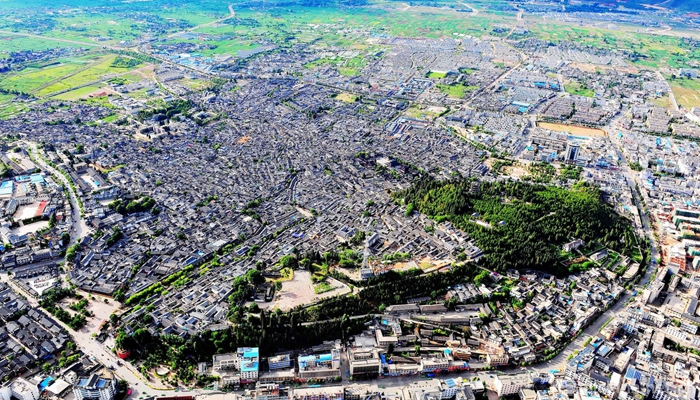
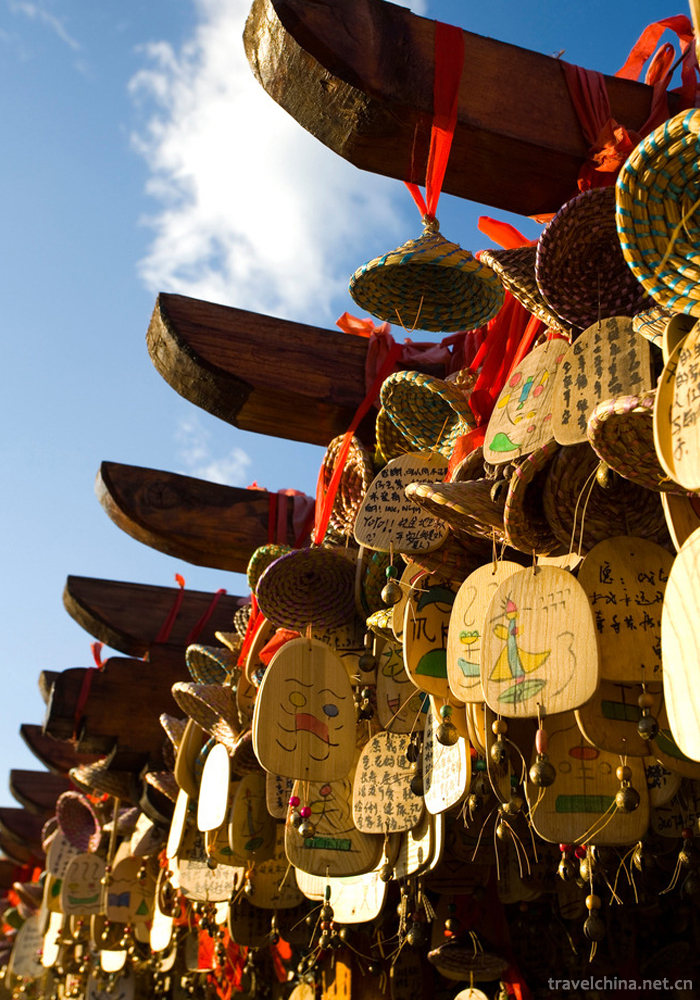

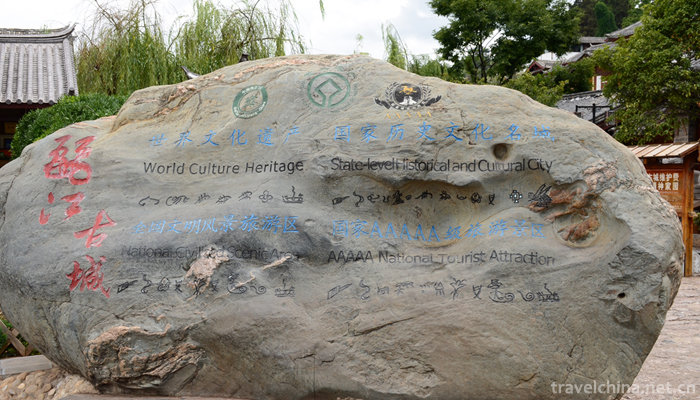
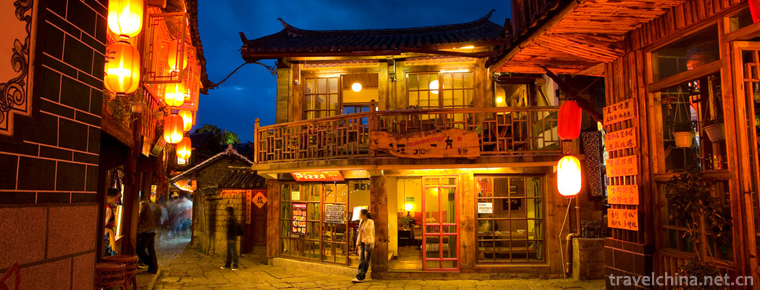
Lijiang Ancient Town
-
Anhui rescue
Anhui rescue Great rescue is a traditional feature of Shouxian County in Anhui Province, which has a history of more than 1000 years.
Views: 231 Time 2018-11-27 -
Mount Tianzhu Scenic Area
Tianzhu Mountain Scenic Spot, located in the west of Qianshan City, Anqing City, Anhui Province, is known as "the first mountain in the Yangtze River and Huaihe River" for its main peak
Views: 150 Time 2018-12-08 -
Landscape Architecture in Yangzhou
Yangzhou gardens began in the Western Han Dynasty, flourished in the Sui and Tang Dynasties, matured in the Song and Ming Dynasties, and flourished in the Qianlong Period of the Qing Dynasty.
Views: 169 Time 2019-04-21 -
Dian Opera
Yunnan Opera is one of the local operas in Yunnan Province. Silk string (originated from the earlier Qin Opera), Xiangyang (originated from the Xianghe School of Han Diao) and Huqin (originated from H
Views: 171 Time 2019-04-26 -
Duyi barley roasting technology
Duyi Maiguan was opened in 1738, the third year of Qianlong in Qing Dynasty. The entrepreneur's surname is Wang, and his native place is Shanxi. For the first time
Views: 217 Time 2019-04-28 -
Lion Lamp in Jinggangshan Hall
"Quantang Lion Lantern" is a traditional Wushu athletic project spread in Huzhaoping Village, Shangxiang, Jinggang, Shandong Province. It has nearly 200 years history.
Views: 164 Time 2019-05-08 -
South China Sea Channel
South China Sea Channel is a traditional folk culture in Wenchang City, Hainan Province. Local fishermen have compiled their own "secret book" for navigation since ancient times. It is a han
Views: 195 Time 2019-06-07 -
Forging Technology of Nanjing Gold Foil
Nanjing gold foil forging technology, local traditional handicraft in Nanjing, Jiangsu Province, is one of the national intangible cultural heritage.
Views: 141 Time 2019-06-07 -
Puning Ying Song
Puning Yingge is a traditional folk dance style widely spread in Puning City, Guangdong Province. It was created and compiled by Yitang people during the reign of Qianlong in the Qing Dynasty. It has
Views: 140 Time 2019-06-09 -
Shijiazhuang Silk String
Shijiazhuang silk string is also known as string tune, string tune, Hexi tune, small drum tune, Luoluo tune, daughter tune and so on. It is a local traditional drama in Hebei Province and one of the n
Views: 190 Time 2019-06-15 -
Yicheng Flower Drum
Yicheng Huagu, according to historical records, existed during the Zhenguan period of the Tang Dynasty, reached its peak in the Ming Dynasty, and only in the Qing Dynasty did this activity have a clea
Views: 214 Time 2019-07-13 -
Longtan Karst Cave Scenic Spot
Longtan Karst Cave Scenic Area is located at the foot of longcuban mountain, Miyi Baima Town, Panzhihua City, Sichuan Province, with an altitude of 1500 meters. It is a provincial-level scenic spot and a national AA level tourist area.
Views: 131 Time 2020-10-15
